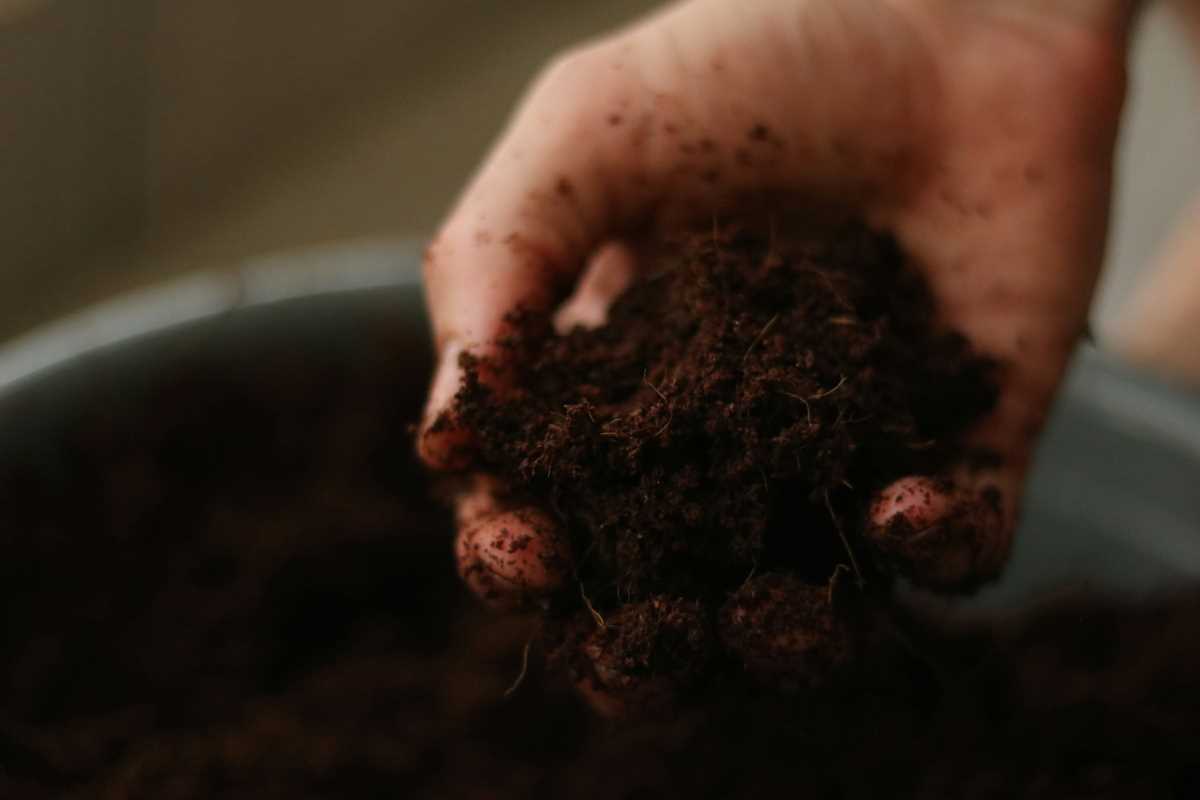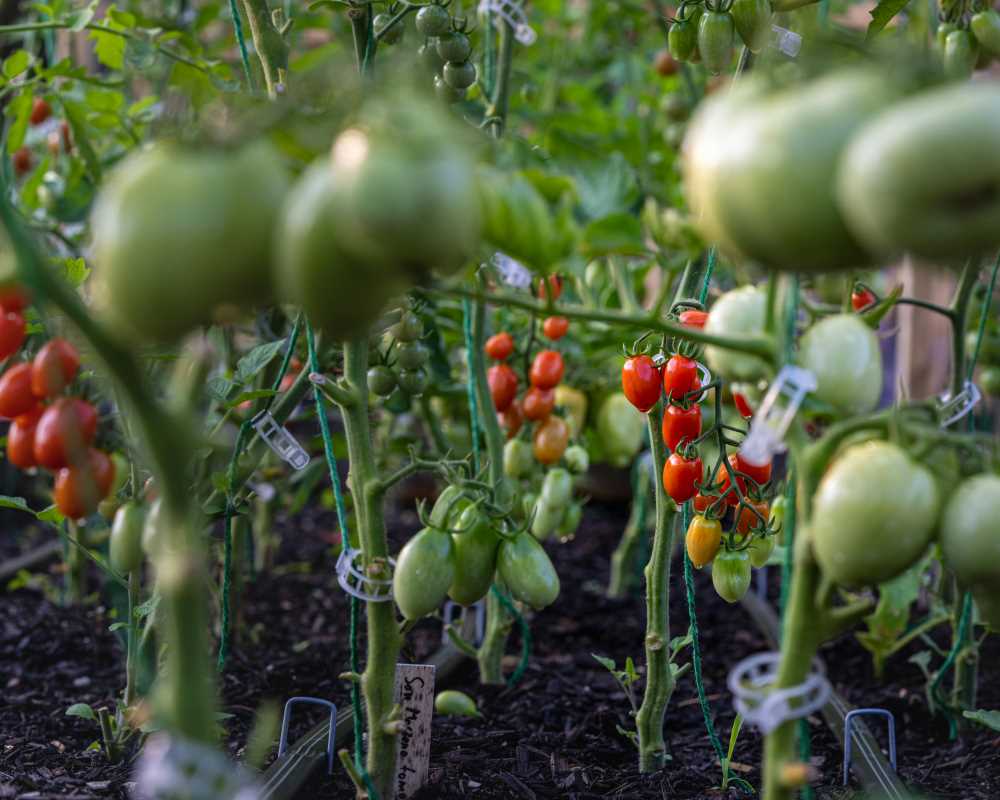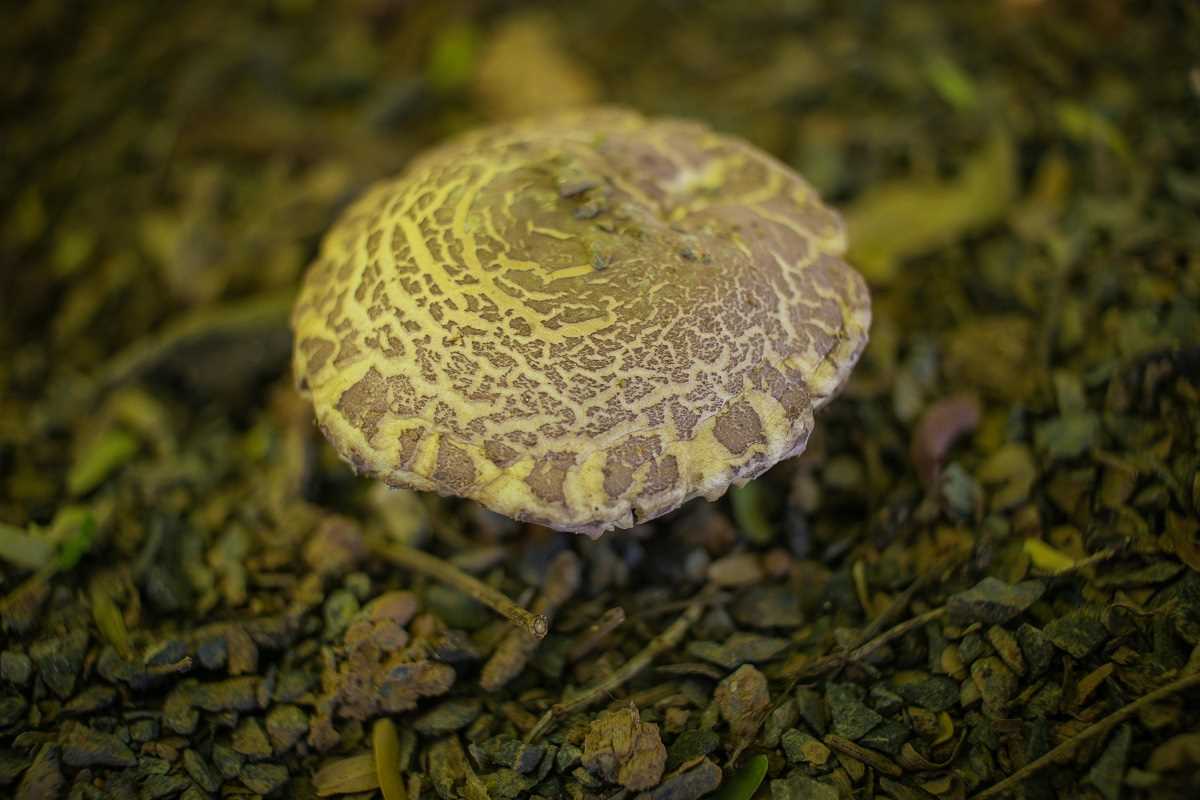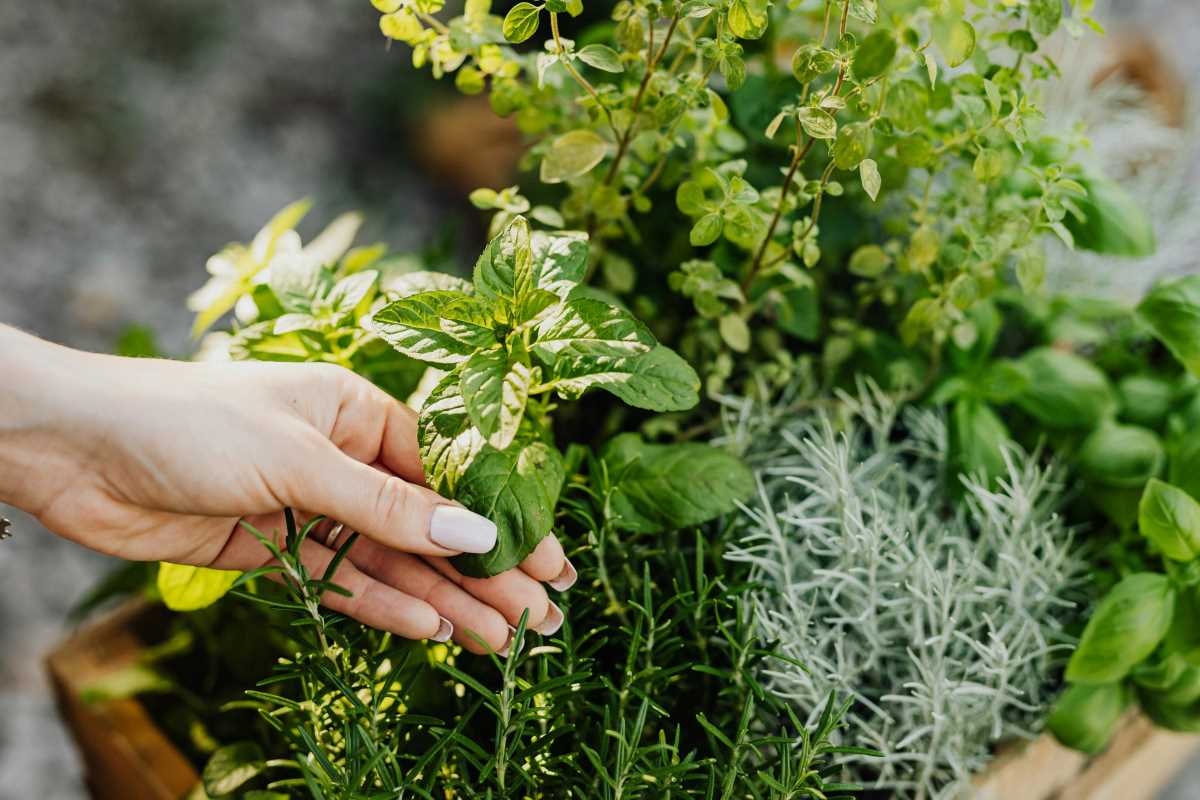A thriving garden starts with healthy, nutrient-rich soil. Whether you’re cultivating flowers, vegetables, or a mix of both, the foundation of any productive garden is soil that’s teeming with life and organic matter. But what if you could boost your garden’s health naturally, without relying on chemical fertilizers? Enter plant-based nutrient-boosting techniques, a sustainable, eco-friendly way to enrich your soil while fostering a lush, green garden.
This guide will walk you through effective plant-based methods like composting, green manure, mulching, and plant-based fertilizers. These techniques not only improve your soil’s health but also reduce your environmental impact, ensuring your garden is both beautiful and sustainable.
Why Choose Plant-Based Nutrient Boosting Techniques?
Plant-based gardening techniques are gaining popularity for good reason. They align with nature’s cycles, prioritizing soil health while reducing the need for synthetic products that can harm ecosystems. Here are some key benefits:
1. Promotes Soil Health
Plant-based methods enhance the organic matter in your soil, supporting essential microorganisms and fungi that help plants absorb nutrients.
2. Sustainability
By using readily available plant materials, you’re reducing waste and cutting down on the carbon footprint associated with producing and transporting chemical fertilizers.
3. Better for Plants
Natural techniques reduce the risk of over-fertilization, which can harm roots and promote unhealthy, quick growth.
4. Cost-Effective
Many plant-based solutions rely on garden waste, kitchen scraps, or inexpensive materials, making them budget-friendly.
Now, let's explore specific techniques for boosting your garden’s nutrient levels the plant-based way.
1. Composting
Composting is a tried-and-true method of recycling organic waste into a nutrient-dense soil amendment. It’s an easy, efficient way to return plant materials to the earth and support a thriving garden ecosystem.
How Composting Works
Composting involves the natural breakdown of organic materials like vegetable scraps, grass clippings, and fallen leaves. Microorganisms in the compost pile break down these materials into nutrient-rich humus.
Steps to Start Composting
- Choose a Spot: Pick an outdoor location with good drainage or a compost bin for smaller spaces.
- Layer Materials: Alternate between “green” materials (e.g., fruit peels, coffee grounds) and “brown” materials (e.g., dried leaves, shredded cardboard).
- Maintain Moisture: Keep the pile moist but not waterlogged.
- Aerate Regularly: Turn the pile weekly to introduce oxygen, speeding up decomposition.
Benefits
- Compost improves soil structure, helping it retain moisture and nutrients.
- It naturally balances soil pH, reducing the need for additives.
- Adding compost enhances the soil’s microbial activity, boosting plant health.
Pro Tip
Avoid adding meat, dairy, or oily foods to your compost to prevent odors and unwanted pests!
2. Green Manure
Green manure involves growing specific plants solely to be tilled back into the soil to improve its health. It’s a fantastic way to add organic matter and nutrients while protecting your soil from erosion.
Common Green Manure Crops
- Legumes (e.g., clover, alfalfa): Fix nitrogen in the soil.
- Grasses (e.g., ryegrass, oats): Add organic matter and improve soil texture.
- Brassicas (e.g., mustard, radishes): Suppress weeds and break up compacted soil.
How to Use Green Manure
- Grow a Cover Crop: Plant green manure crops in empty garden beds during the off-season.
- Cut and Till: When the plants become lush, mow them down or chop them up.
- Turn Them Into the Soil: Incorporate the plant material into the soil to decompose and release nutrients.
Benefits
- Enriches the soil with organic matter.
- Adds essential nutrients like nitrogen.
- Improves soil aeration and water retention.
Pro Tip
For best results, allow green manure crops to decompose for 2–3 weeks before planting your next crops.
3. Mulching
Mulching is the process of covering the soil surface with organic material to regulate temperature, suppress weeds, and improve moisture retention. But did you know it can also boost your soil’s nutrient levels?
Best Plant-Based Mulch Options
- Grass Clippings: High in nitrogen; great for vegetable gardens.
- Straw or Hay: Keeps the soil cool and moist while suppressing weeds.
- Wood Chips or Bark: Decompose slowly, adding organic matter over time.
- Shredded Leaves: Free and abundant in the fall, leaves are a great mulch for flower beds.
How to Mulch Effectively
- Spread a 2–3 inch layer of mulch evenly around your plants, avoiding direct contact with stems to prevent rot.
- Replenish mulch as it decomposes throughout the growing season.
Benefits
- Adds essential nutrients to the soil as mulch breaks down.
- Protects against soil erosion and extreme weather changes.
- Encourages earthworms and beneficial microorganisms.
Pro Tip
Use a combination of slow- and fast-decomposing mulches to balance immediate and long-term benefits.
4. Plant-Based Fertilizers
Homemade plant-based fertilizers can provide a concentrated nutrient boost without synthetic chemicals or animal products.
DIY Plant-Based Fertilizer Ideas
Banana Peel Fertilizer
- Why It Works: Rich in potassium and phosphorus, which promote strong roots and flowers.
- How to Use: Bury banana peels in the soil near your plants or soak them in water to create a liquid fertilizer.
Comfrey Tea
- Why It Works: High in potassium, beneficial for fruits and flowers.
- How to Use: Steep comfrey leaves in water for 2–3 weeks, dilute, and apply to soil.
Seaweed Extract
- Why It Works: Provides trace minerals and growth hormones.
- How to Use: Rinse fresh seaweed, soak in water for a few days, strain, and use as a liquid soil drench.
Weeds as Fertilizer
- Why It Works: Weeds like stinging nettle or dandelions are packed with nutrients.
- How to Use: Similar to comfrey tea, steep weeds in water to create a nutrient-rich solution.
Benefits
- Encourages strong, healthy root systems.
- Provides a slow release of nutrients, reducing the risk of overfeeding.
- Costs little to nothing, as many ingredients are garden or kitchen scraps.
Pro Tip
Always dilute plant-based fertilizers to prevent overwhelming your plants with nutrients.
Building Healthy Soil for the Long Term
Plant-based techniques don’t just offer a one-time benefit—they help build soil health over time, ensuring your garden stays productive and resilient. Here’s how to maintain rich, healthy soil:
- Rotate Crops: Plant different crops in your garden beds each year to prevent soil nutrient depletion and reduce disease.
- Test Your Soil: Use a soil test kit every few years to know exactly what nutrients your soil needs.
- Encourage Biodiversity: A variety of plants in your garden promotes a robust ecosystem of organisms that improve soil health.
By incorporating these techniques into your gardening routine, you can create a sustainable, flourishing environment that supports both your plants and the planet.
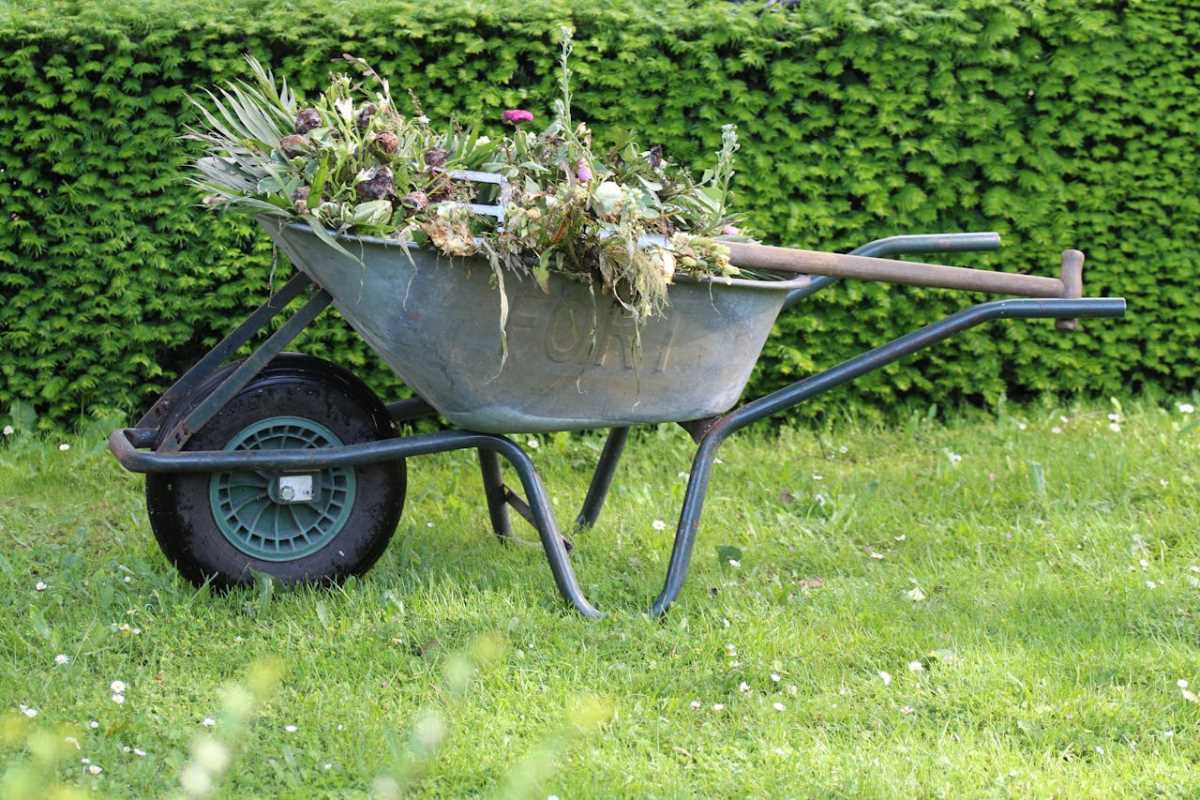 (Image via
(Image via